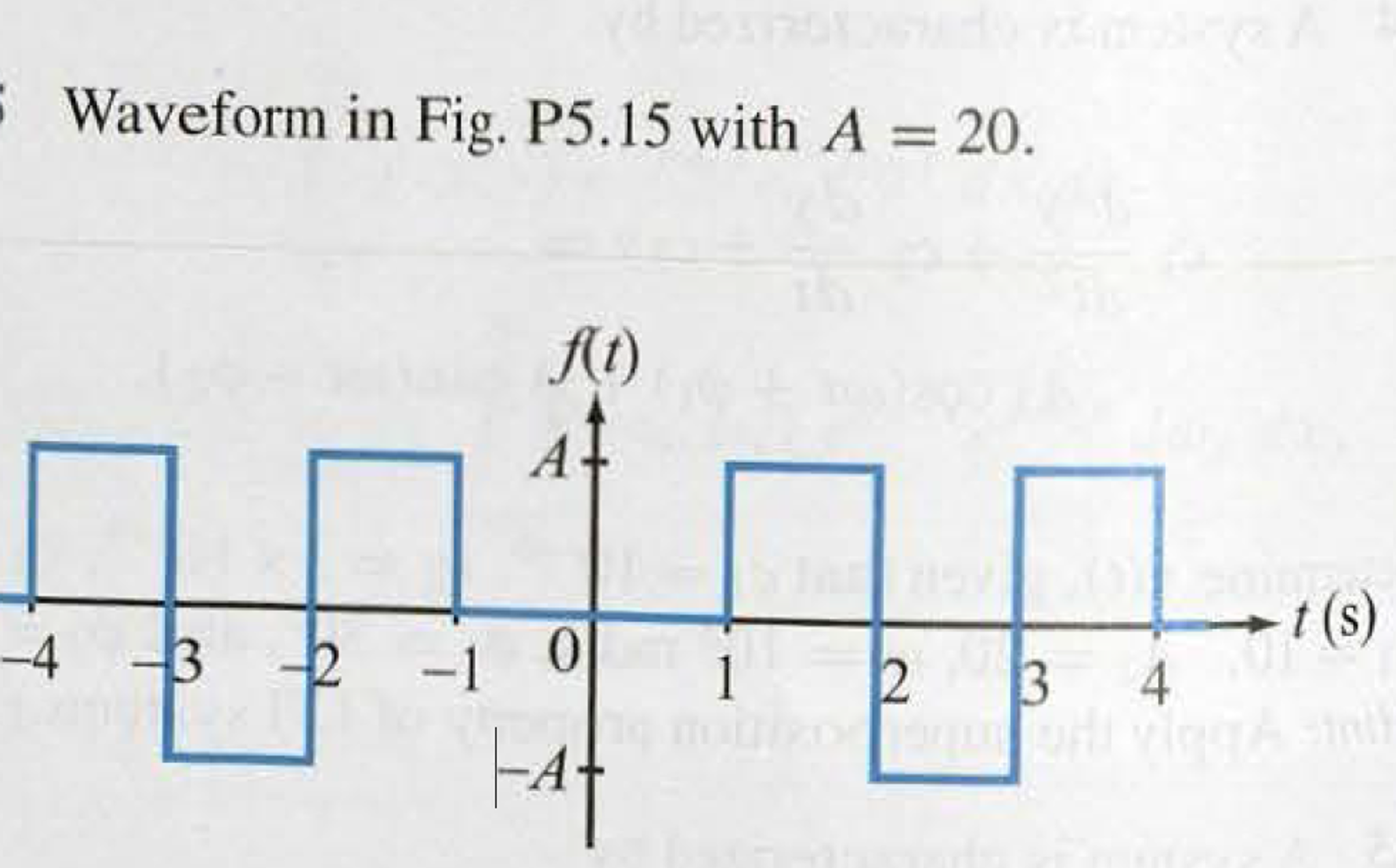
I am just getting quite confused and would appreciate some direction. What is rate of emission of heat from a body in space? M-file saved as example6.m: % Filename: example6.m % Description: m-file to plot trigonometric Fourier Series % representation of an "odd" square wave and even triangle wave. 7) Square Wave I haven't programmed matlab in awhile, but I envision nested while loops, one overall loop for the number of periods of the wave, one for the "up" line, and one for the "down" line.something like this: This file includes the Fourier Series plot of different waveforms like: 1) Half Wave Rectified 2) Full wave rectified 3) Saw tooth 4) Rectangular 5) Triangular 6) Impulse Train 7) Square Wave Fourier coefficients are utilized to obtain Fourier Series, then Fourier Series was plotted with respect to time to produce a waveform. The number of terms in the Fourier sum is indicated in each plot, and the square wave is shown as a dashed line over two periods.

Show/Hide MatLab () Code Article Time domain to Frequency Domain your location, we recommend that you select. Write a MATLAB program to find Fourier series of f(x) = |x|, 2 ) can be expanded into the Fourier series. This code does not use any function from the symbolic toolbox that may not be available depending on your version of MATLAB.Does English have an equivalent to the Aramaic idiom "ashes on my head"? Recommended Articles This is a guide to Fourier Transform Matlab. X(i) = xt(t(i),N) % calculates the value for each t(i) in the array t If you want to create a plot of the function, you must create the independent variable array and the dependent variable array.

This is a function of the number of terms n you want to include in your approximation of the infinite series and the also a number of the independent variable t. Now, the (truncated) Fourier series may be give as: xt = 4*A/pi*sum(a(1:n).*sin(w(1:n)*t)) % fourier series Now, the amplitude and frequency as function of the iterator n is: a = 1./(2*n-1) % amplitude Using the values you provided, you have: A = 10 You can create a function of the amplitude and frequency of the term inside the summation, depending only on n - the dummy variable.


 0 kommentar(er)
0 kommentar(er)
